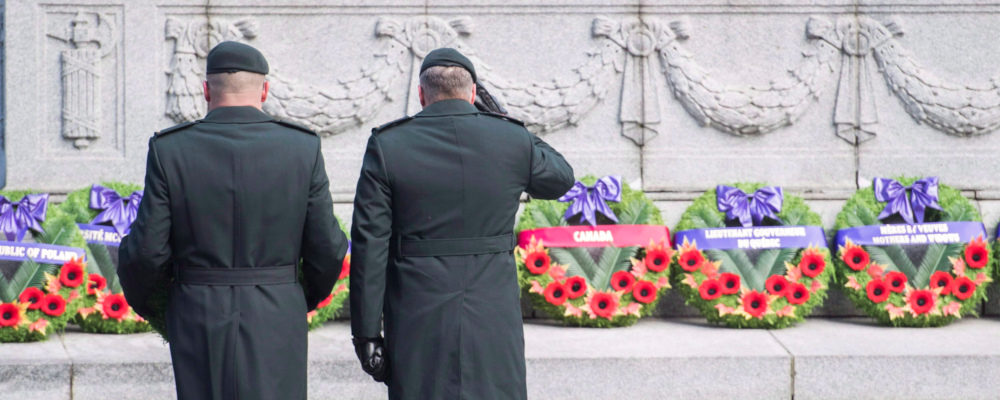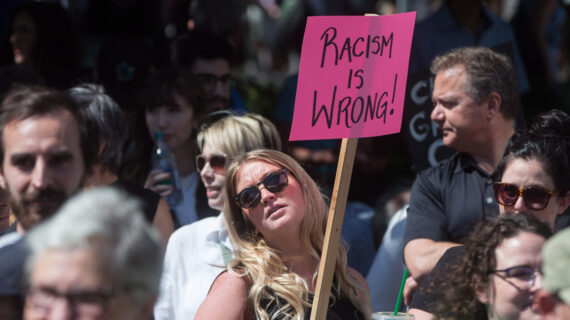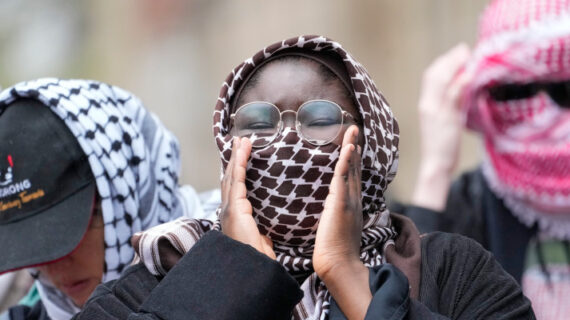The First World War ended on November 11, 1918. It was a conflict that not only presented opportunities for heroes to rise to the occasion but also left behind a cultural legacy that forms a significant part of our identity and collective experience as Canadians to this day. In honour of that, here is a small sampling of people and artifacts from a war that still resonates.
Sir Arthur Currie was the first Canadian commander of the Canadian Corps during the Great War, as well as one of the key operational leaders and thinkers behind the success in the Battle of Vimy Ridge, where Currie commanded the 2nd division. “He was no Napoleon,” wrote historian Jack Granatstein in his 2003 book Waging War and Keeping the Peace, “but he was the best soldier Canada ever produced. The Canadian Corps under his command became the finest, most professional formation this nation has ever put in the field.”
Currie led troops into battle at Passchendaele in 1917 and in Canada’s Hundred Days the following year. His soldiers were always at the top of his mind. After the war, he served as principal of McGill University from 1920 to 1930. Thousands of Canadians and foreign dignitaries attended Arthur Currie’s 1933 funeral in Montreal. Despite the huge respect shown to him then and the contribution he made to the country, old “Guts and Gaiters”, as he was known, has never appeared on a postage stamp in this country. It’s time for Canada Post to change that.
F.O. Loft was one of Canada’s most important Indigenous activists. He was born in 1861 on the Six Nations reserve in Upper Canada (now Ontario). His Mohawk name, Onondeyoh, means “beautiful mountain.” Loft was a survivor of this country’s residential schools, attending the Mohawk Institute in Brantford, which he abhorred. “[I] was hungry all the time and didn’t get enough to eat,” he recalled.
Despite the racism he faced in Canada, he felt compelled to contribute to the country’s war effort and worked actively to recruit First Nations soldiers to the cause. In 1917, he lied about his age in order to be eligible for overseas service, saying he was 45 instead of 56. As Lieutenant, he served mostly with the Canadian Forestry Corps in France. Upon his return to Canada in 1918, he continued his fight for Indigenous rights, particularly for education, and founded the League of Indians in Canada. “As peaceable and law-abiding citizens in the past, and even in the late war, we have performed dutiful service to our King, Country and Empire,” Loft said. “And we have the right to claim and demand more justice and fair play as recompense.” His service and advocacy are an example to all.
Charles Yale Harrison wrote Generals Die In Bed in 1930, a year after another war classic, All Quiet on the Western Front. Both novels tell the story of the First World War from the perspective of soldiers at the sharp end. Harrison was born in Philadelphia but grew up in Montreal where he enlisted in the Canadian Expeditionary Force in 1917. He later saw action in the Battle of Amiens, the beginning of the Hundred Days offensive. The book was controversial at the time of its publishing. Its portrayal of the war is brutal, honest, and unvarnished. I’ve taught the novel to Canadian history students for nearly two decades: “It helps me to feel connected to a war that would otherwise feel foreign,” one student told me.
“We have learned who our enemies are—the lice, some of our officers, and Death,” wrote Harrison. “Of the first two we speak continually, the last we rarely refer to.” Generals Die In Bed remains an important part of the country’s cultural tapestry.
“We have learned who our enemies are—the lice, some of our officers, and Death.”
Speaking of cultural tapestry, the war art that emerged from the destruction in the battlefields of France and Belgium constitutes some of this country’s inestimable treasures. Fred Varley, who would become a member of the Group of Seven formed after the war in 1920, was one of approximately 120 artists supported by the Canadian War Memorials Fund. His most haunting piece from this period is For What? The artwork exudes tragedy, exhaustion, and futility, making it a superb provocation about the meaning of war. I routinely use this painting as a wrap to my teaching unit on the Great War.
In the Virtual Museum of Canada’s 2017 exhibit featuring 150 works of art for each year of the country’s history since Confederation, Varley’s painting was chosen to represent 1918. “For What? is a profound humanistic reflection that evokes the horrors and enormous human cost of the war to end all wars.”
Eleanor Thompson is not a name that will be well known by Canadians, but she is an appropriate representative of the contribution to the First World War made by nursing sisters. More than 2800 women served in the Canadian Army Medical Corps tending to wounded soldiers, many of whom had ghastly injuries. While nurses did not serve at the front, they worked close to it and were exposed to dangers such as enemy shelling. In a 1918 air raid, the Germans struck No. 3 Stationary Hospital in Doullens, France, killing 32 and wounding 17. Nursing sisters Eden Pringle, Agnes Macpherson, and Dorothy Baldwin were killed.
Ms. Thompson was buried under debris. She continued in her duties attending to soldiers but later suffered from what is now called post-traumatic stress syndrome. Thompson and six other nursing sisters were awarded the Military Medal for their bravery.
Remembrance Day reminds us of the sacrifice made by many and the deep way that the war has contributed to who we are as Canadians.




